The High Court on Wednesday ruled that the Radio Corporation of America (RCA) and three other companies must pay NT$170 million (US$5.16 million) to former workers and family members affected by cancer-causing chemicals used at its factory in Taoyuan from 1970 to 1992.
The second-instance judgement by the High Court in the case involving 222 plaintiffs seeking health-related damages represents the latest development in a series of complex legal battles that have been fought over the past two decades.
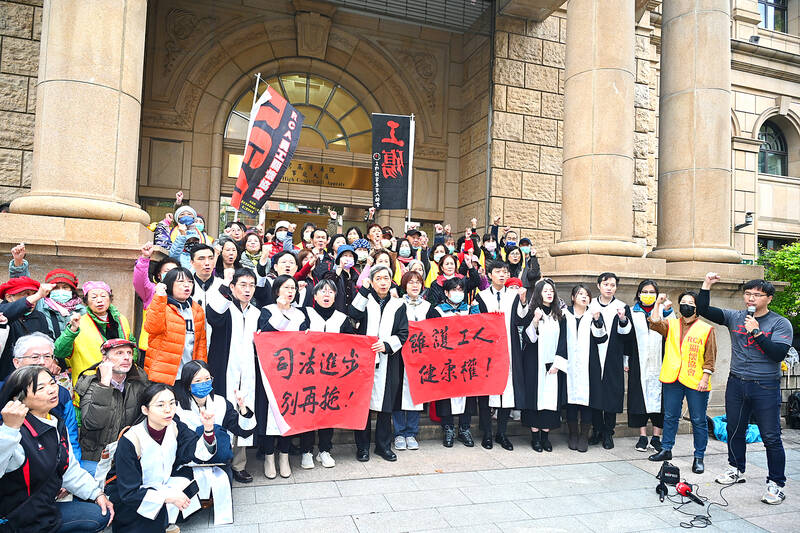
Photo: Wang Yi-sung, Taipei Times
“Although the amount of [compensation] in today’s verdict is not high, the ruling is still a step in the right direction,” RCA Employee Care Association chairperson Tu Chin-chu (杜津珠) said.
“At the same time, [the verdict] also tells business owners that they should take into account employees’ physical and mental health when pursuing profits,” Tu said. “We also hope that Taiwanese companies will learn a lesson from the RCA case and treat the younger generation of workers well.”
The plaintiff’s legal team also issued a press release after the ruling, saying that the compensation amount was lower than what the workers deserved.
Noting that the affected former RCA workers would find the compensation amount “hard to accept,” the lawyers said they would discuss with them whether to appeal the decision.
In a statement on Wednesday, the High Court said its judgement took into account scientific findings from overseas agencies, including the US-based Health Effects Institute.
The court found the plaintiffs were exposed to levels of harmful substances that exceeded legally acceptable levels.
RCA, a US electronics company, operated three factories in Taiwan from 1970 to 1992, employing about 80,000 workers at its peak.
In 1986, RCA was taken over by US conglomerate General Electric, which sold its factory in what was then Taoyuan County in 1988 to Thomson Consumer Electronics, the US subsidiary of French company Technicolor Group SA.
Three years after the acquisition, Thomson Consumer Electronics discovered pollutants at the Taoyuan plant and closed it the following year.
In 1998, a group of workers formed a self-help association to seek compensation through legal channels, resulting in multiple lawsuits involving nearly 2,000 plaintiffs beginning in 2004.
RCA was later found liable for illnesses, including cancer, contracted by employees due to exposure to harmful chemicals, such as the carcinogen trichloroethylene.
It was also found to have dumped toxic waste close to its factory, contaminating soil and groundwater.
In 2020, the High Court ruled in a civil suit against RCA, its parent company and successor entities that 24 out of 246 plaintiffs in one case be awarded NT$54.7 million, while rejecting the claims of the remaining 222.
Following appeals, the Supreme Court ruled in 2022 that the case involving the 222 plaintiffs be returned to the High Court for a second trial, whose decision was released on Wednesday.
The decision can be appealed.
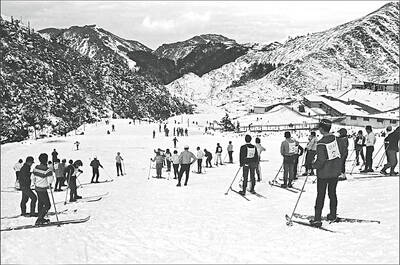
A strong continental cold air mass and abundant moisture bringing snow to mountains 3,000m and higher over the past few days are a reminder that more than 60 years ago Taiwan had an outdoor ski resort that gradually disappeared in part due to climate change. On Oct. 24, 2021, the National Development Council posted a series of photographs on Facebook recounting the days when Taiwan had a ski resort on Hehuanshan (合歡山) in Nantou County. More than 60 years ago, when developing a branch of the Central Cross-Island Highway, the government discovered that Hehuanshan, with an elevation of more than 3,100m,
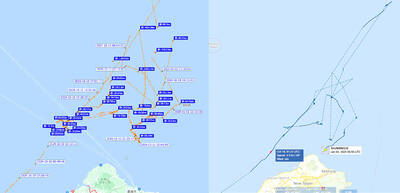
SECURITY: To protect the nation’s Internet cables, the navy should use buoys marking waters within 50m of them as a restricted zone, a former navy squadron commander said A Chinese cargo ship repeatedly intruded into Taiwan’s contiguous and sovereign waters for three months before allegedly damaging an undersea Internet cable off Kaohsiung, a Liberty Times (sister paper of the Taipei Times) investigation revealed. Using publicly available information, the Liberty Times was able to reconstruct the Shunxing-39’s movements near Taiwan since Double Ten National Day last year. Taiwanese officials did not respond to the freighter’s intrusions until Friday last week, when the ship, registered in Cameroon and Tanzania, turned off its automatic identification system shortly before damage was inflicted to a key cable linking Taiwan to the rest of
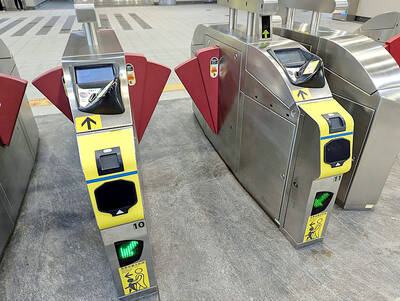
TRANSPORT CONVENIENCE: The new ticket gates would accept a variety of mobile payment methods, and buses would be installed with QR code readers for ease of use New ticketing gates for the Taipei metro system are expected to begin service in October, allowing users to swipe with cellphones and select credit cards partnered with Taipei Rapid Transit Corp (TRTC), the company said on Tuesday. TRTC said its gates in use are experiencing difficulty due to their age, as they were first installed in 2007. Maintenance is increasingly expensive and challenging as the manufacturing of components is halted or becoming harder to find, the company said. Currently, the gates only accept EasyCard, iPass and electronic icash tickets, or one-time-use tickets purchased at kiosks, the company said. Since 2023, the company said it
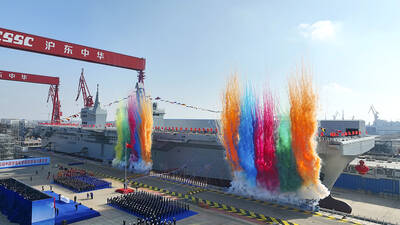
China’s newest Type-076 amphibious assault ship has two strengths and weaknesses, wrote a Taiwanese defense expert, adding that further observations of its capabilities are warranted. Jiang Hsin-biao (江炘杓), an assistant researcher at the National Defense and Security Research, made the comments in a report recently published by the institute about the Chinese Communist Party’s (CCP) military and political development. China christened its new assault ship Sichuan in a ceremony on Dec. 27 last year at Shanghai’s Hudong Shipyard, China’s Xinhua news agency reported. “The vessel, described as the world’s largest amphibious assault ship by the [US think tank] Center for Strategic and International